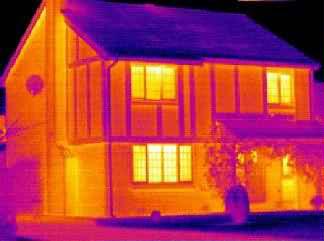Fill the cavity with the maximum insulation value for the size of the cavity.
R101.4.3 Additions, alterations, renovations or repairs.
Additions, alterations, renovations or repairs to an existing building, building system or portion thereof shall conform to the provisions of this code as they relate to new construction without requiring the unaltered portion(s) of the existing building or building system to comply with this code. Additions, alterations, renovations or repairs shall not create an unsafe or hazardous condition or overload existing building systems. An addition shall be deemed to comply with this code if the addition alone complies or if the existing building and addition comply with this code as a single building.
Exception: The following need not comply provided the energy use of the building is not increased:
1. Storm windows installed over existing fenestration.
2. Glass only replacements in an existing sash and frame.
3. Existing ceiling, wall or floor cavities exposed during construction provided that these cavities are filled with insulation.
4. Construction where the existing roof, wall or floor cavity is not exposed.
5. Reroofing for roofs where neither the sheathing nor the insulation is exposed. Roofs without insulation in the cavity and where the sheathing or insulation is exposed during reroofing shall be insulated either above or below the sheathing.
6. Replacement of existing doors that separate conditioned space from the exterior shall not require the installation of a vestibule or revolving door, provided, however, that an existing vestibule that separates a conditioned space from the exterior shall not be removed,
7. Alterations that replace less than 50 percent of the luminaires in a space, provided that such alterations do not increase the installed interior lighting power.
8. Alterations that replace only the bulb and ballast within the existing luminaires in a space provided that the alteration does not increase the installed interior lighting power.


